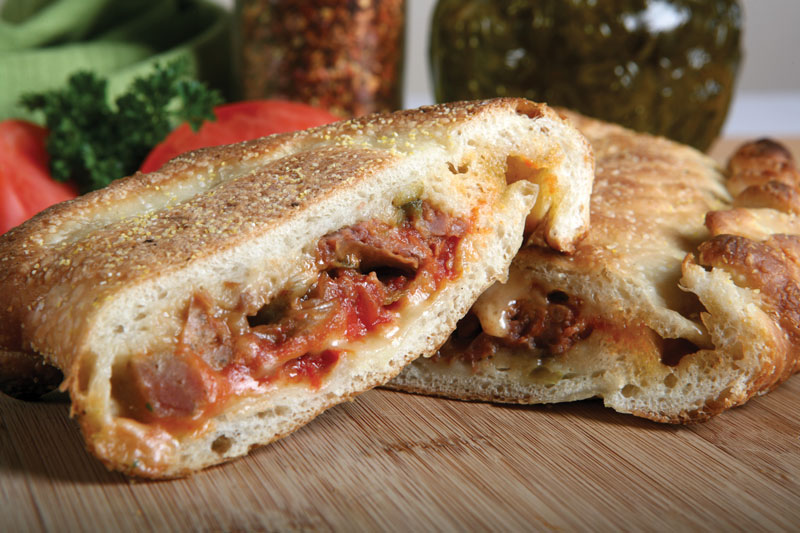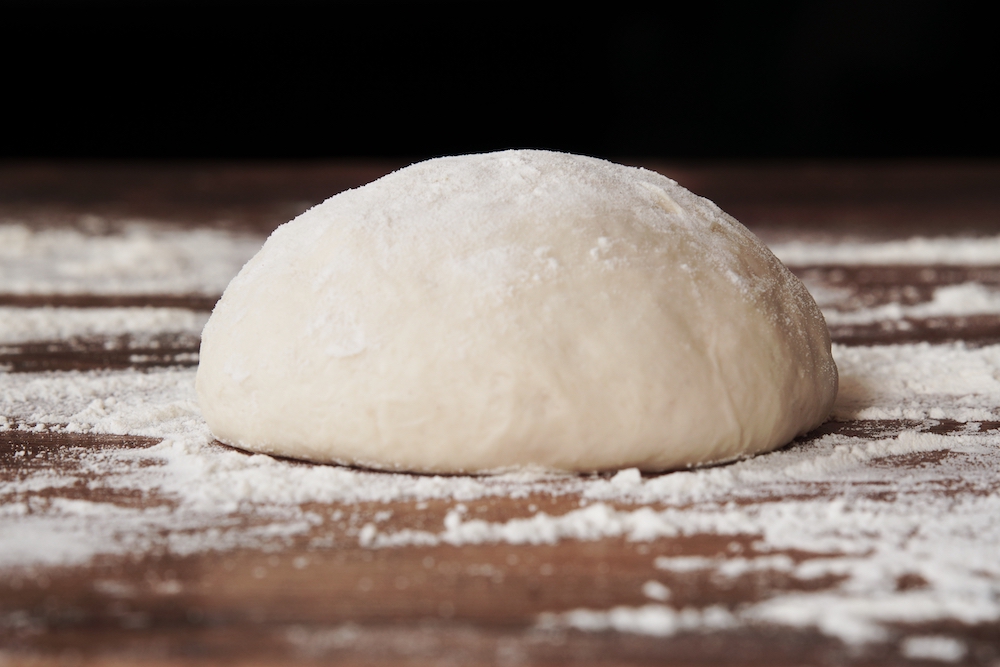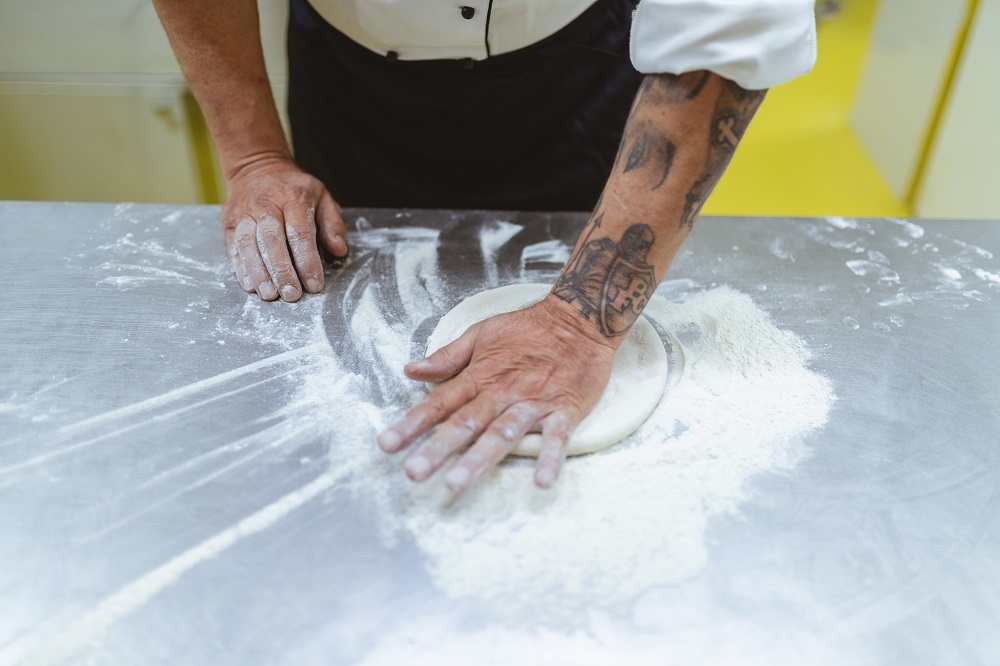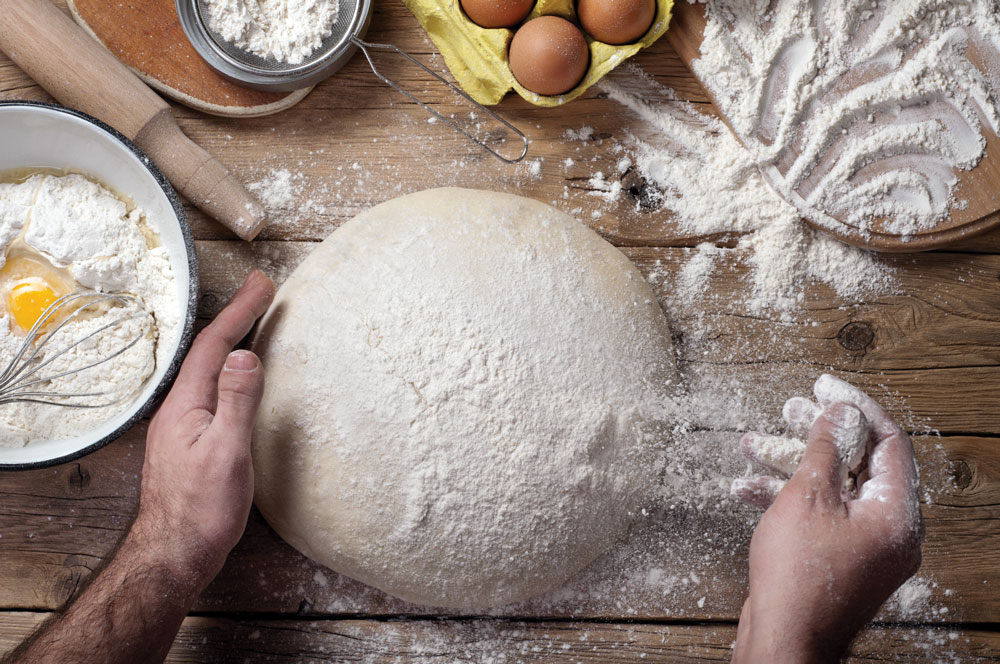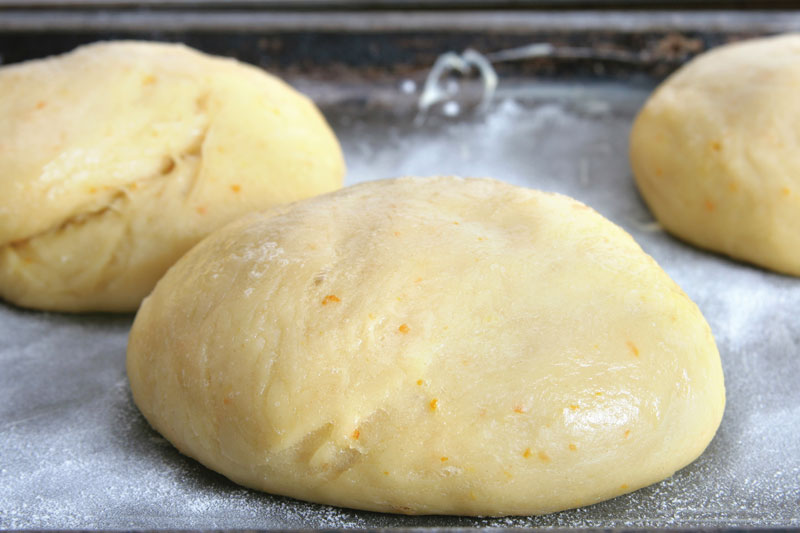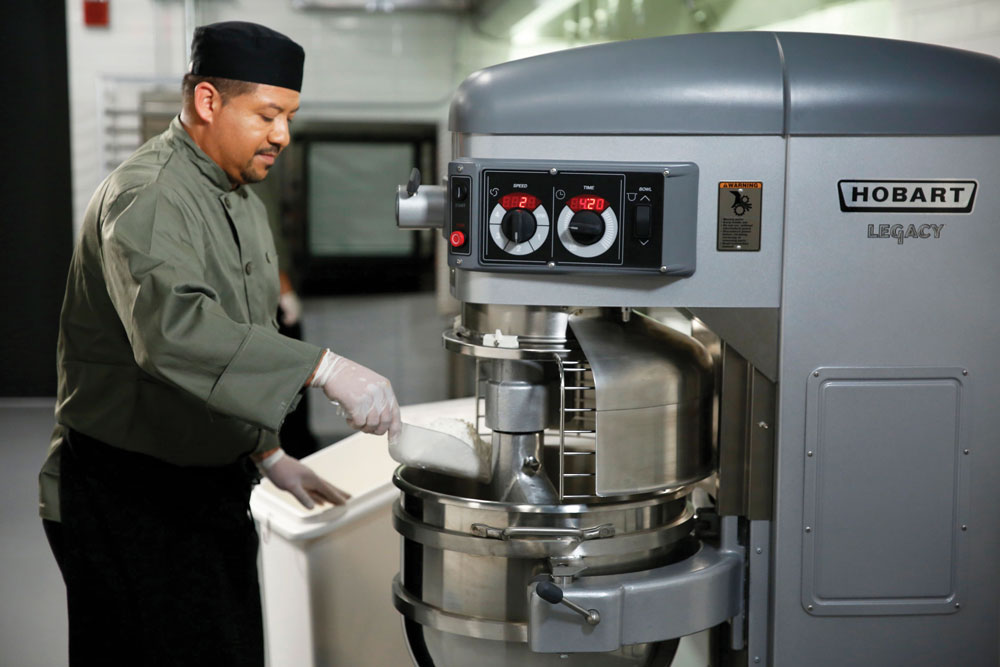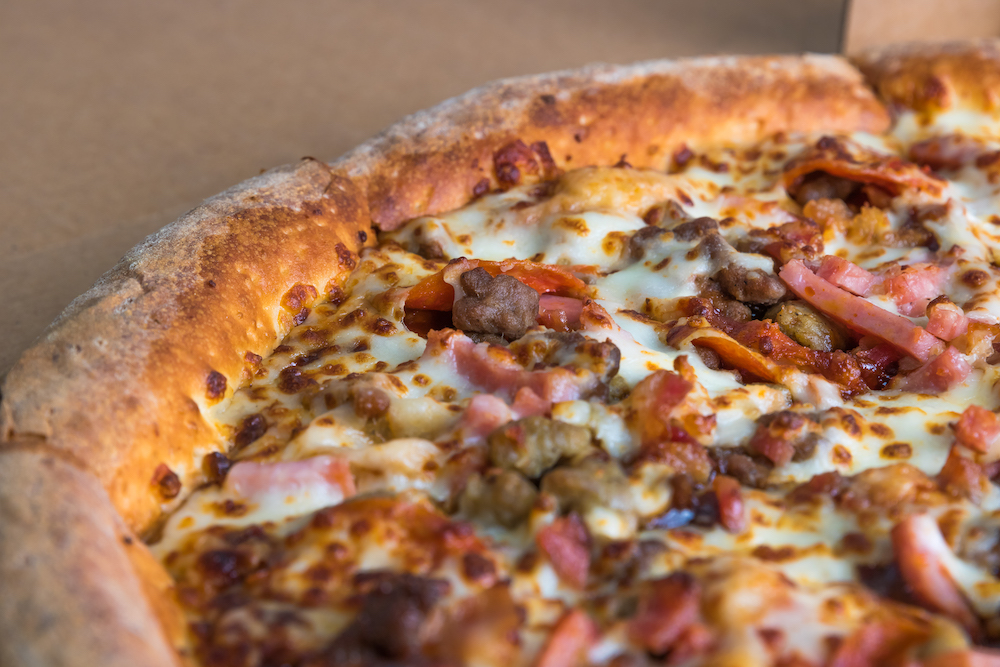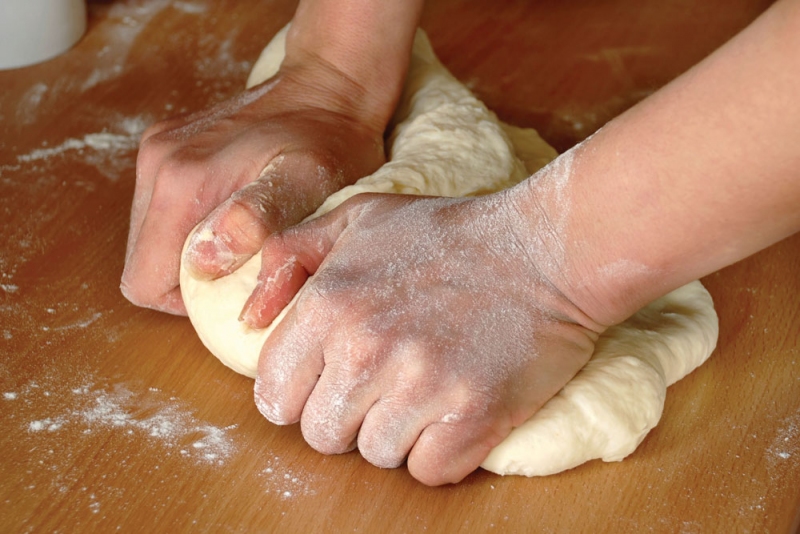Q: We’d like to add calzones to our menu. Can we use our regular pizza dough, or do we need to make special dough just for the calzones?
A: Some industry experts recommend a different dough for calzones—typically a richer one made with eggs and a higher fat level—but that isn’t practical for pizzerias. Hence, most operators end up using their regular pizza dough. I make my calzones with regular pizza dough but, after forming the dough, I brush the entire top surface with melted butter. This could be a flavored butter, such as a garlic butter or butter with herbs, or even butter with a little olive oil added to it. For even better flavor, apply the flavored butter again to the calzone immediately after baking, along with a sprinkling of Parmesan or a blend of Parmesan and Romano cheeses. This will impart a richer baked appearance and enhanced flavor, making your calzones stand out from your regular pizzas.
Q: Are there any health advantages to adding defatted soy flour to bread or pizza dough?
A: Adding defatted soy flour will effectively boost the protein content of the finished product. In bread applications, there is some merit to increasing the protein content, since we don’t know how the bread will ultimately be used (as a sandwich, toasted or consumed just as bread). Pizza, on the other hand, already contains cheese, which is a good source of protein, so it is questionable whether you need to supplement the protein content in pizza.
However, if you offer some pizzas with reduced amounts of cheese, you might consider adding defatted soy flour to the dough to make up for the loss of protein. We see this a lot in developing countries where cheese might be in short supply or too expensive to use as a protein source; in these cases, they may supplement their recipes with protein-rich (about 51%) defatted soy flour.



